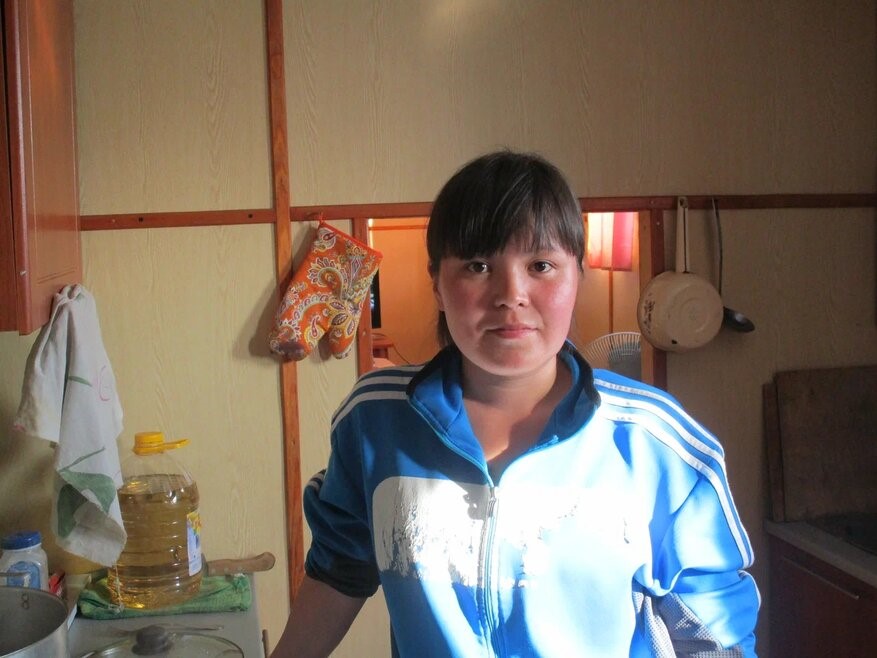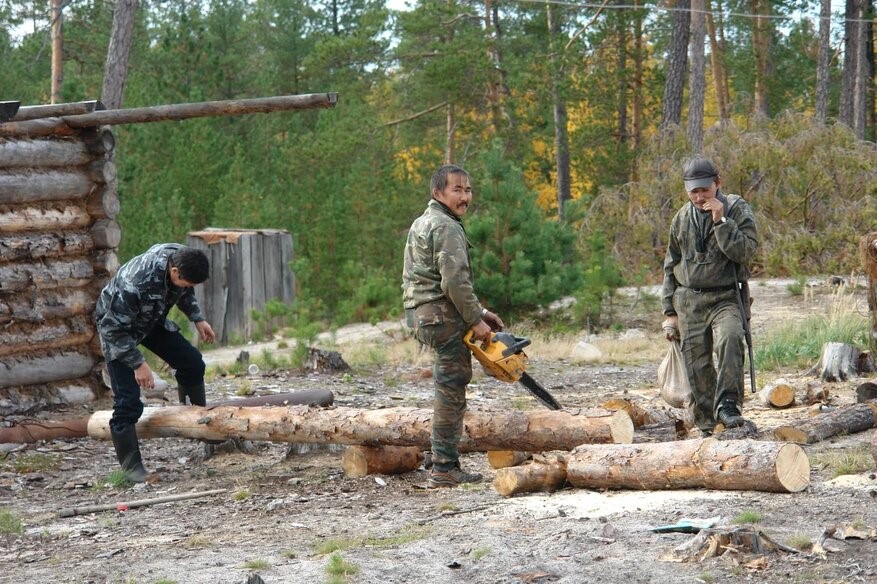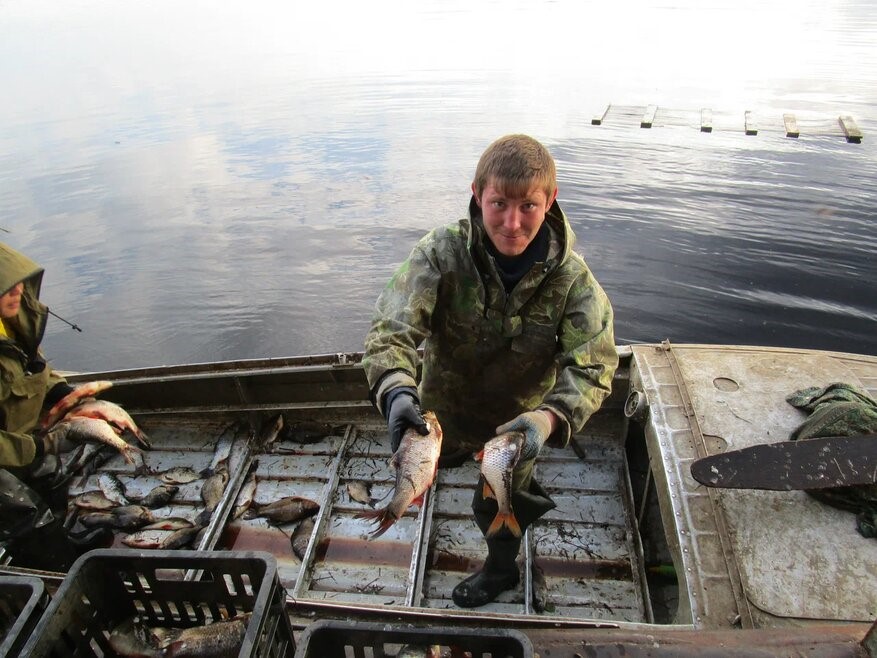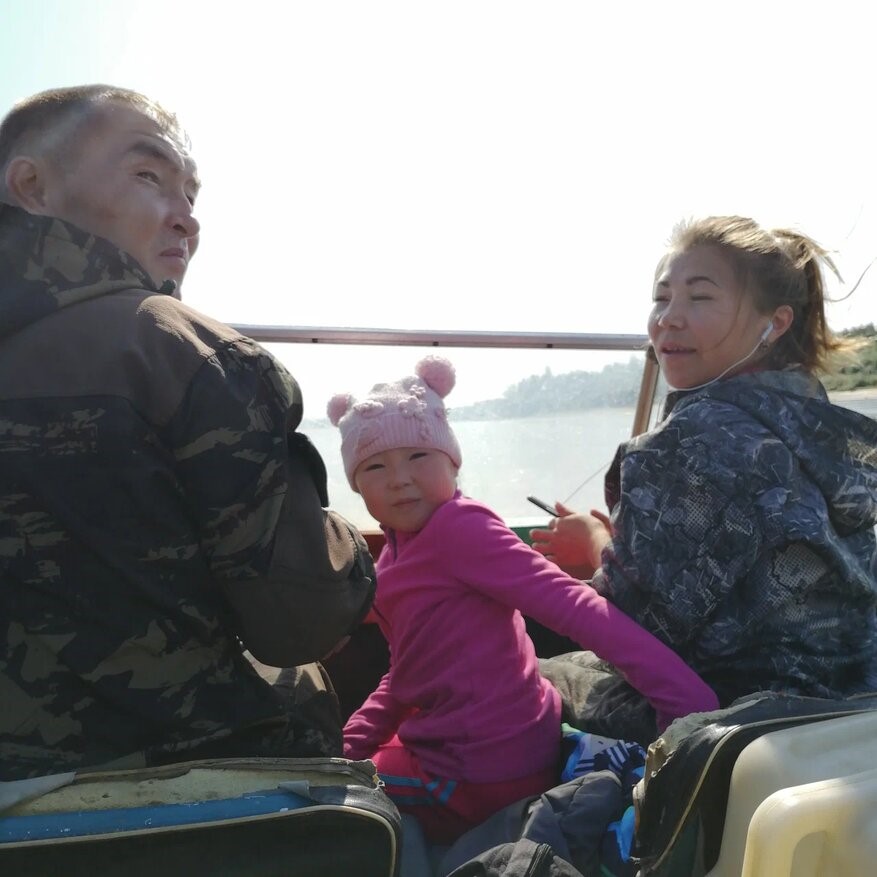|
|
Dr. Stepanova
Senior Research Fellow, Department of Ethnography of Siberia, Museum of Anthropology and Ethnography, Russian Academy of Sciences
|
Selkups. Demographics
The total number of Selkups, according to the 2020 All-Russian Population Census, is 3,491 people (1,612 men and 1,879 women).
The 2002 census puts the number of Selkups at 4.242 persons; of them 1.857 persons lived in the Tyumen region (including 1.797 persons in the Yamal-Nenets autonomous area), 1.787 persons in the Tomsk region, and 412 persons in the Turukhansk region of the Krasnoyarsk territory. Over 160 Selkups lived in other Russian regions. For instance, 30 people identified as Selkups in St. Petersburg, 35 Selkups lived in the Southern Federal District, 8 persons and 23 persons lived in the Far Eastern and Volga Federal Districts.
The 2010 census demonstrates a drop in the number of Selkups to 3.649 persons with the Selkup population in the Yamal-Nenets autonomous area spiking to 1.988 persons (a growth of 191 persons), and the numbers of Selkups in the Tomsk region and Krasnoyarsk territory dropping to 1.181 and 369 persons respectively. The most radical change in numbers took place in the Tomsk region (a drop of 606 persons): the number of Selkups dropped by 219 persons (from 733 to 514 persons) in the Kargasok district, by 273 persons (from 374 to 101 persons) in the Verkhneketsky district, by 171 persons (from 401 to 230 persons) in the Kolpashevo district, and by 28 persons (from 193 to 165 persons) in the Parabel district. The 2010 census shows the following distribution of other Selkups in the Tomsk region: 171 persons in total with 83 living in Tomsk, 11 in the town of Kedrovy, 7 in the town of Seversk, 12 in the town of Strezhevoy, 15 in Aleksandrovskoye, 4 in Asino, 2 in Bakchar, 1 in Kozhevnikovo, 4 in Krivosheino, 5 in Molchanovo, 1 in Pervomayskoye, 15 in Tomsk, 5 in Chainsky, and 3 in Shegarsky municipal units.
A decade after the 2010 census was released, the number of Northern Selkups totaled nearly 2.8 persons. Of them, 1.598 and 590 persons live in the Krasnoselkup and Pur districts of the Yamal-Nenets autonomous area respectively, and 611 persons live in the Turukhansk district of the Krasnoyarsk territory. The Tomsk region reports data on ethnic makeup only pursuant to nationwide censuses.
The data from the official websites of two YNAA districts’ administrations populated by Northern Selkups offers more detailed information on their standing.
The Krasnoselkup district is a sparsely populated district whose population accounts for a little over 1% of the total population. Today, it has four settlements: the villages of Krasnoselkup, Tolka, Ratta, and Kikkiakki. There are no townships. The villages of Ratta and Kikkiakki are considered to be ethnically Selkup. As of January 1, 2022, the population of the Krasnoselkup district was 5,627 persons, of them 1,724 persons identify as members of indigenous small-numbered peoples of the North, with 1,598 Selkups (28.4 %), 75 Nenets (1.5 %) and 51 Khanty (0.8 %). In 2021, the numbers of indigenous small-numbered peoples of the North dropped by eight persons compared to last year owing to migration.
The district demonstrates natural population growth, greater numbers of multi-children families, and low infant mortality rates.
As of January 1, 2022, the population of the Pur district was 42.693 persons. The birth rate was 4.4 times greater than the mortality rate. 5,878 persons living in the district belong to indigenous small- numbered peoples of the North. The indigenous population in the Pur district accounts for 11% of its total population, where 2.626 persons lead the traditional lifestyle (45% of the total indigenous population), 1.632 persons are nomads, and 994 are semi-nomads.
In the Pur district, members of indigenous small-numbered peoples include 4,886 Nenets, 402 Khanty, and 590 Selkups.
About 1.79 members of indigenous small-numbered peoples of the North are employed; of them, 1.037 persons engage in traditional economic activities: 658 work in reindeer herding, 361 in fishing, 8 persons work in processing animal husbandry products, and 6 persons work in animal husbandry; 1 person works in land tilling (vegetable growing). As for non-traditional economic sectors, 28 persons work in natural resources extraction, 20 in commerce and repair services, 4 in financial services; 42 persons work for the government and in military security; 298 work in educational institutions; 103 persons work in healthcare and social services; 55 persons provide other services in utilities, social services, and personal services. 201 employed persons did not indicate their occupation in other areas.
































































